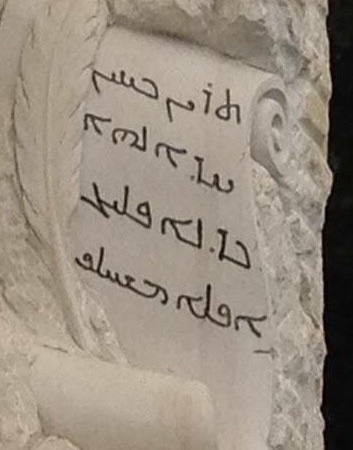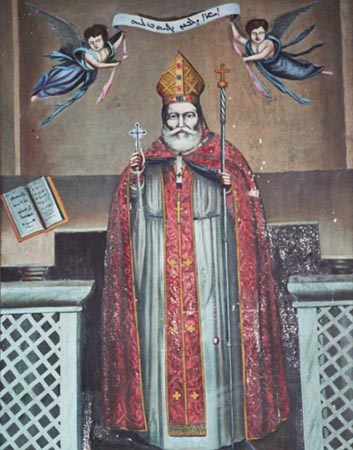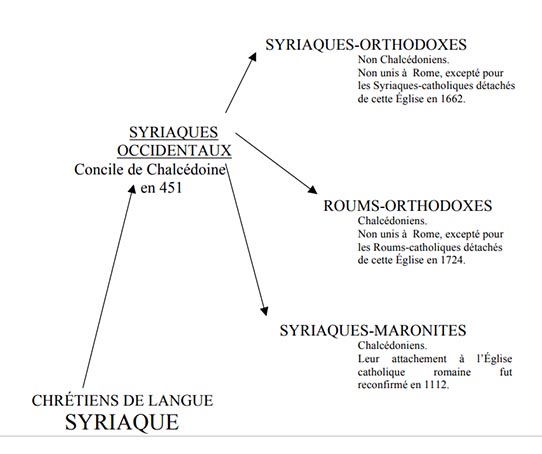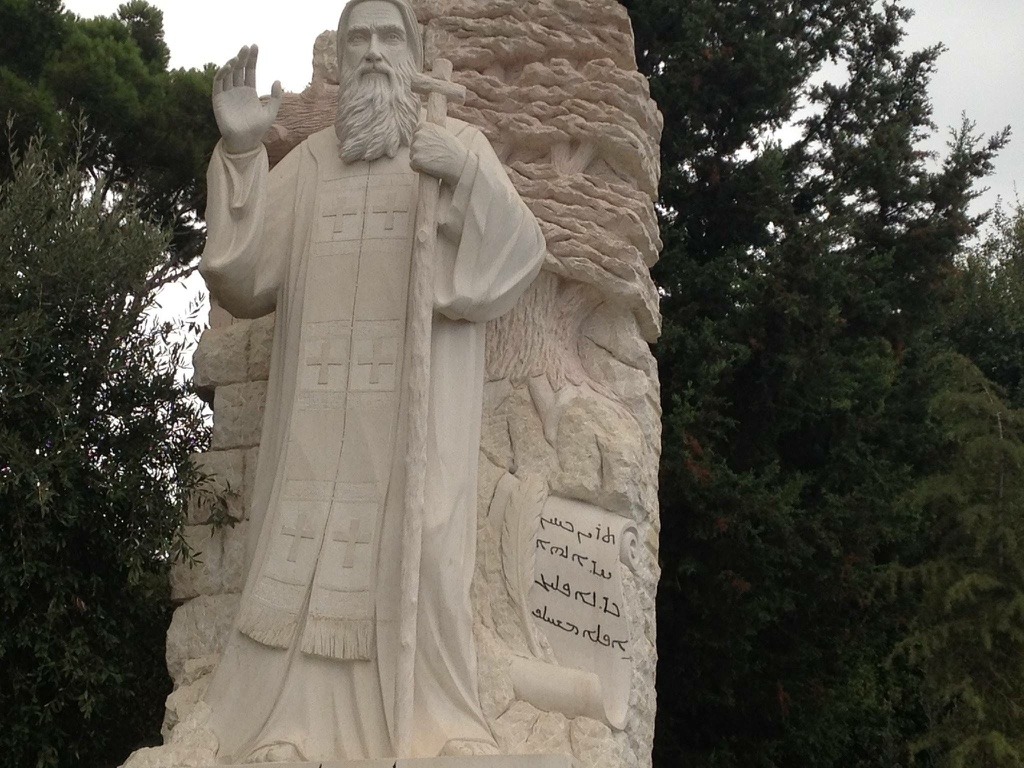It is therefore Chalcedon which is at the origin of this Church which has become one with Lebanon. It was to defend their Chalcedonian faith that the communities of Beit Moroun set themselves up as an autocephalous Church and began their symbiosis with sacred Lebanon.
In the year of grace 451, the Byzantine emperor Marcian and his wife Pulcheria convened the fourth ecumenical council of Christianity in the church of Saint Euphemia in Chalcedon. The council clearly affirmed the dyophysism, or the two natures, human and divine, of Christ, truly man and truly God. “One Christ recognized in two natures, without confusion, without change, without division and without separation”, says the profession of faith known as “the symbol of Chalcedon”.
Monophysitism
The Syriacs, whose theological approach was more anthropological than philosophical, had difficulty understanding these subtleties, especially since their vocabulary did not include all these nuances. A part of the Syriacs did recognize the humanity and the divinity of the Saviour, but they saw them confused in a single nature, as defined by miaphysism. However, they will be accused of Monophysitism, which is a doctrine that actually preaches only the divine nature of Christ.
Well beyond the theological issues, these Christians suspected a risk of political and cultural assimilation into the Greek-speaking Byzantine Empire. Attached to their Syriac language and identity, they preferred to refuse Chalcedon en bloc, rejecting the spiritual with the temporal. For these same aspirations of cultural independence, they would be followed by the Copts and the Armenians who, basically, never condemned the Chalcedonian doctrine.
Eastern Syriacs having already been separated from the universal Church since the Council of Ephesus in 431, it was the Western Syriacs who found themselves confronted with the controversy triggered by the Council of Chalcedon. They felt condemned to have to choose between the unity of the Church on the one hand and the safeguard of their culture in the face of assimilation by Byzantium on the other. This dilemma caused the appearance of three currents which were to generate three distinct Churches among the Western Syriacs.

Group 1: the Roum
A first group opted straightforwardly for Christian unity, adopting the council with all its liturgical, cultural and even identity implications. Although they remained Syriacophones for daily use, these faithful adopted Greek for their liturgy. The rest of the Syriacs will therefore refer to them as “Roum” in their language, meaning Byzantines. From there, will also come the name of “Greeks”. This first group will thus form the Rum or Greek-Orthodox Church from which will break away, in 1724, a Uniate branch called Greek-Catholic or Melkite.
Group 2: Syriac-Orthodox
The second group, strongly attached to their cultural belonging, rejected the council as a whole. Taxed therefore as a Monophysite, he will be known in the Middle Ages as a Jacobite, in relation to his saint, Jacques Baradée. Refusing these two designations, it took the name of Syriac-Orthodox Church, from which, in 1662, a Uniate branch called Syriac-Catholic emerged.

Group 3: Beit Moroun
The third component preferred to take a bold gamble. That of Christian unity although dependent on a council held by the Byzantines, and that of the unshakable attachment to the Syriac language, culture, identity and spirituality. This group known as Beit Moroun, or communities of Saint Maron, ended up setting itself up as an independent Church endowed with a patriarchate, from the end of the 7th century, with Saint Jean Maron.
The Maronite Church
It is remarkable that the attachment to the Syriac language appears clearly as being at the origin of the formation of this Church. Without this value which was inalienable to them, they could have worked for Christian unity through their dissolution in the Byzantine world. Far from it, they have made their language as sacred as their membership in the universal Church. In their mind, neither of these two values is negotiable and neither can be conditioned. Their existence is at stake because it is on this double dimension that their faith and their presence have been built.
It is therefore Chalcedon which is at the origin of this Church which has become one with Lebanon. It was to defend their Chalcedonian faith that the communities of Beit Moroun set themselves up as an autocephalous Church and began their symbiosis with sacred Lebanon.
Even today, at the entrance to the patriarchal seat of Bkirké, stands the “symbol of Chalcedon” engraved in Syriac on the contemporary statue of Saint Maron. We read there: “Trein kionin, had Aloho, kad lo plig, oflo méchtahlaf” or “two natures, one God, indivisible and unchangeable”. This confession of faith is there to affirm what makes this Church and what makes it so special among its Syriac sisters.

Charles Malek
For the philosopher Charles Malek, language, which is “the most significant phenomenon of civilizations”, determines belonging, identity and nation. In the case of Lebanon, it is both the link with its roots and the continuity with its diaspora. Having tracked it down in history and in Maronite spirituality, he makes the Syriac language the support of projection towards the future by granting it a responsibility and a duty of peace in this region of the world.
It was towards the end of the 1970s that, in his Two letters to the Maronites, Charles Malek associated their linguistic heritage with the raison d’être of Lebanon and its mission. He then wondered why the Maronites had preserved their Syriac language until our days in this region subjected for centuries to a unique culture. As a good believer, he refused the notion of coincidence and preferred the intervention of Providence.
According to him, the region of the Levant and the Middle East will remain in instability as long as it rests on only two foundations: the Arabs and the Hebrews. In this regard, the introduction of a third course is necessary to restore balance. This is where the Syriac component comes in, represented by the Maronites, which would transform duality into stability.
The Maronite tradition asserted itself with Chalcedon in order to preserve its Syriac language during its process of opening up to the world. For the great Greek-Orthodox philosopher, Charles Malek, it must now preserve this linguistic identity in order to participate in bringing people together and building peace.

